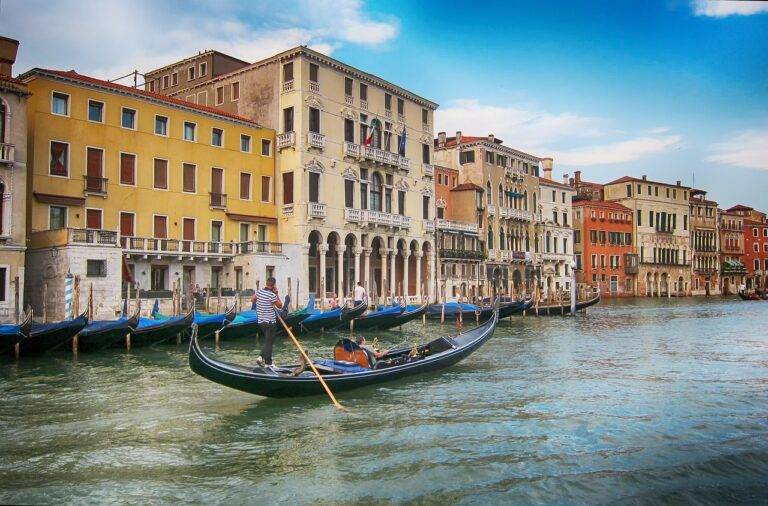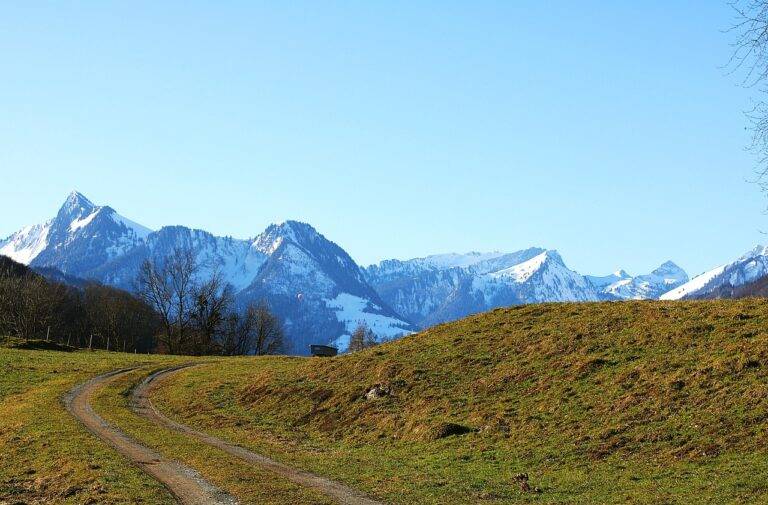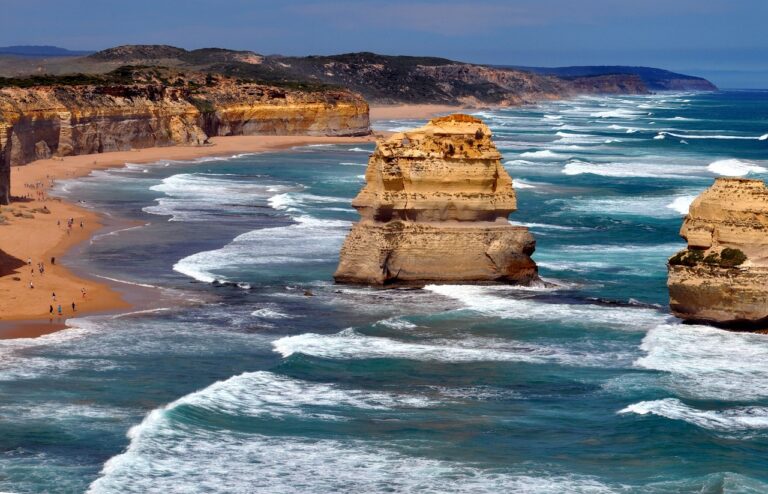Exploring Sacred Sites: A Spiritual Pilgrimage
Sacred sites hold immense cultural and spiritual importance to communities around the world. These locations are considered holy and are often revered for their connection to religious beliefs, legends, or ancient rituals. People visit these sacred sites to seek blessings, spiritual guidance, or simply to pay their respects to their ancestors and traditions.
From awe-inspiring temples and churches to mystical forests and natural landmarks, sacred sites come in a wide range of forms and settings. Each site carries a unique history and significance that reflect the beliefs and values of the community that upholds it. Sacred sites serve as tangible links to the past, preserving traditions and stories that have been passed down through generations.
Historical Significance of Sacred Sites
Sacred sites hold a deep historical significance that often transcends time and cultural boundaries. These sites, whether natural formations or man-made structures, serve as beacons of spiritual reverence, cultural identity, and historical remembrance for communities around the world. The stories and beliefs associated with these sites provide a glimpse into the ancient practices and beliefs of past civilizations, shedding light on the traditions and values that have shaped societies for generations.
The historical significance of sacred sites also lies in their ability to connect people to their roots and ancestors. Through rituals, ceremonies, and pilgrimages carried out at these sites, individuals not only pay homage to their cultural heritage but also reaffirm their sense of belonging to a larger historical narrative. The preservation and protection of these sacred sites are therefore essential not only for safeguarding tangible historical artifacts but also for maintaining the intangible bonds that tie communities to their past.
What makes a site considered sacred?
A site is considered sacred when it holds religious, spiritual, or cultural significance to a specific group of people.
Why are sacred sites important historically?
Sacred sites are important historically as they provide insights into the beliefs, practices, and values of past civilizations.
How have sacred sites been preserved over time?
Sacred sites have been preserved through religious or cultural traditions, government protection, and in some cases, UNESCO World Heritage status.
Can anyone visit a sacred site?
In many cases, sacred sites are open to visitors, but it is important to respect the site’s cultural or religious customs and rules.
What can we learn from visiting sacred sites?
Visiting sacred sites can offer a deeper understanding of different cultures, religions, and historical practices.





